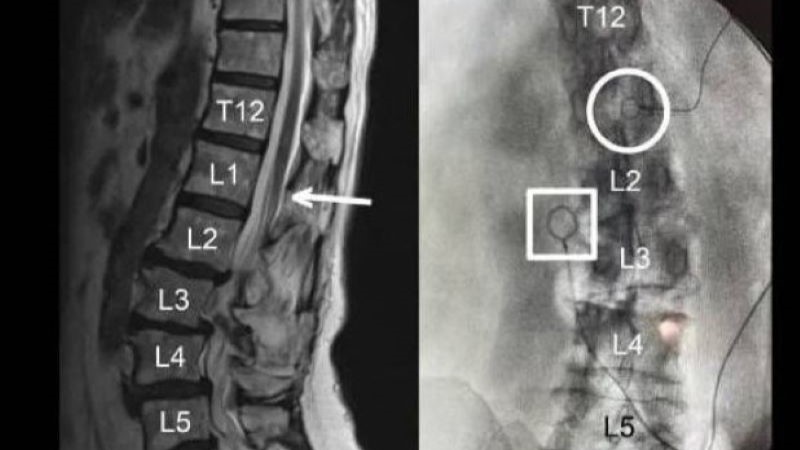
Patients who underwent operative treatment for an orthopedic fracture sustained significant losses to individual and household income, which were not offset by Social Security benefits, according to a study.
The study comprised of adult patients who received surgery for an orthopedic fracture at a U.S. academic trauma center between January 2003 and December 2014, with hospital data being linked to individual-level state tax records. A control group was created using data resampled from patients who sustained a fracture at least six years previously.
Individual annual earnings up to five years after fracture was the main outcome, with additional outcomes including annual household income and Social Security benefits for five years following fracture, as well as catastrophic wage loss within two years of fracture.
The fracture group (n=9,997) had a mean age of 44.6 years (standard deviation [SD], 18.9 years), and 6,725 patients were male. The prefracture group (n=34,570) had a mean age of 40 years (SD, 20.5 years), and 21,666 patients were male.
Before injury, the median wage earnings was $16,847 (interquartile range, $0-$52,221); over the five years postinjury, the mean annual decline in individual earnings was $9,865 (95% confidence interval [CI], $10,686-$8,862), and the mean annual decline in household income was $5,259 (95% CI, $6,337-$4,181). Fractures did appear to increase Social Security benefits, with a mean annual increase of $206 (95% CI, $147-$265) during the five-year period following surgery—but this was nowhere near the mean annual decline in income. Injury was associated with an increased risk of catastrophic wage loss (11.6%; 95% CI, 10.5-12.7).
The study yielded four main results, according to the researchers.
- Substantial income loss after injury. Patients who underwent surgery for an orthopedic fracture experienced significant, long-lasting losses in income. The individual income loss was greater than the household income loss, suggesting that other members of the household were working more to offset the losses incurred following surgery.
- Limited access to social welfare. Although patients experienced significant postinjury increases in Social Security benefits, this increase made up for less than 10% of what was lost in income. Potential strategies to mitigate these devastating financial losses include “increasing employment protections for sudden health events, passing legislation for mandatory sick pay benefits, and expanding social welfare programs.
- Catastrophic income loss. During the two years postinjury, patients experienced an 11.6% increased risk for catastrophic wage loss.
- Variations in income loss and social welfare benefits. Factors that impacted the financial effect of the injury included preinjury income, age, neighborhood deprivation, fracture region, and the location of injury. No factors were determined to be associated with greater income loss, but some factors appeared to have a protective benefit. For instance, “With low-income quartile patients reporting no formal preinjury income, it was mathematically impossible for those individuals to sustain income loss.”
The study was published in JAMA Network Open.







 © 2025 Mashup Media, LLC, a Formedics Property. All Rights Reserved.
© 2025 Mashup Media, LLC, a Formedics Property. All Rights Reserved.